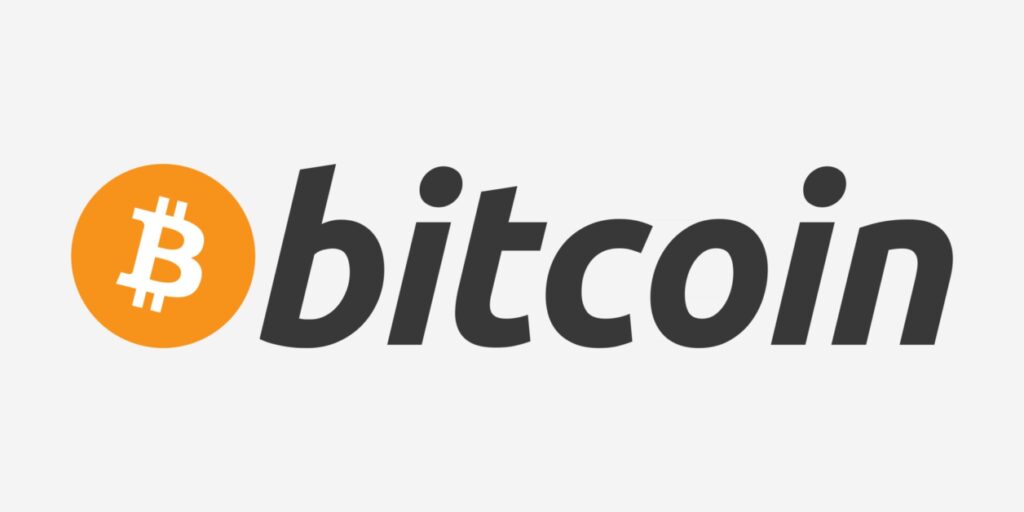Central Bank Digital Currencies (CBDCs) are a topic of increasing interest and discussion in the realm of blockchain and finance. CBDCs are digital currencies that are issued and regulated by central banks, with the aim of providing a digital form of national currency that is backed by the central bank’s reserves.
CBDCs differ from cryptocurrencies like Bitcoin or Ethereum, as they are issued by central banks, which are typically government-controlled entities responsible for monetary policy and currency issuance. CBDCs are designed to be legal tender, just like physical cash, and can be used for transactions, payments, and other financial activities.
One of the main drivers behind the interest in CBDCs is the potential benefits they could offer. CBDCs could provide greater financial inclusion, as they could potentially enable unbanked or underbanked populations to access digital financial services. CBDCs could also enhance payment efficiency and reduce transaction costs, as they could enable instantaneous and low-cost cross-border transactions.
CBDCs could also provide a more secure and transparent form of digital currency, as they would be regulated and issued by central banks, which are typically trusted entities with established monetary policies and regulatory frameworks. CBDCs could help combat illicit activities such as money laundering and fraud, as they could be subject to strict regulatory oversight and compliance measures.
CBDCs could also offer central banks new tools for monetary policy, as they could potentially enable central banks to implement more effective and targeted monetary policies, such as negative interest rates or direct cash transfers. CBDCs could also provide central banks with better visibility into the flow of money within the economy, which could help them make more informed decisions about monetary policy.
However, there are also challenges and concerns associated with CBDCs. One of the main concerns is the potential impact on the existing financial system, including banks and payment processors. CBDCs could potentially disrupt the traditional banking system, as they could enable direct transactions between individuals and businesses without the need for intermediaries, such as banks or payment processors. This could have implications for bank deposits, lending, and other financial services.
Another challenge is the potential privacy and security concerns associated with CBDCs. CBDCs could raise concerns about the collection and use of personal data, as transactions could be traceable and monitored by central banks. There are also concerns about cybersecurity risks, as CBDCs would be vulnerable to hacking, fraud, and other malicious activities.
Additionally, there are legal and regulatory challenges associated with CBDCs. The regulatory framework for CBDCs would need to be carefully considered and established, including issues related to anti-money laundering (AML) and know-your-customer (KYC) regulations. There would also be legal questions related to the legal tender status, consumer protection, and international coordination. In conclusion, CBDCs are a topic of increasing interest and discussion in the blockchain and finance space. CBDCs have the potential to offer benefits such as financial inclusion, payment efficiency, and enhanced security and transparency. However, there are also challenges and concerns associated with CBDCs, including their potential impact on the existing financial system, privacy and security concerns, and legal and regulatory challenges. As governments and central banks explore the potential adoption of CBDCs, careful consideration of the benefits, risks, and regulatory frameworks will be essential to ensure their successful implementation and integration into the global financial system.








